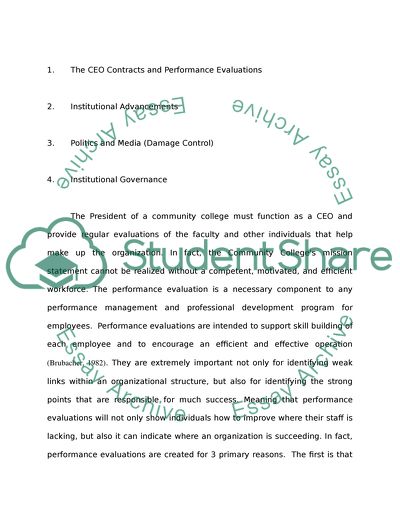Cite this document
(“Four Aspects of a Community College President Research Paper”, n.d.)
Retrieved from https://studentshare.org/education/1393444-four-aspects-of-a-community-college-president
Retrieved from https://studentshare.org/education/1393444-four-aspects-of-a-community-college-president
(Four Aspects of a Community College President Research Paper)
https://studentshare.org/education/1393444-four-aspects-of-a-community-college-president.
https://studentshare.org/education/1393444-four-aspects-of-a-community-college-president.
“Four Aspects of a Community College President Research Paper”, n.d. https://studentshare.org/education/1393444-four-aspects-of-a-community-college-president.


